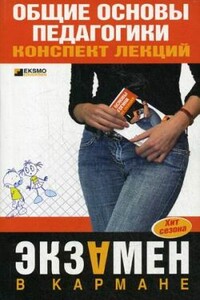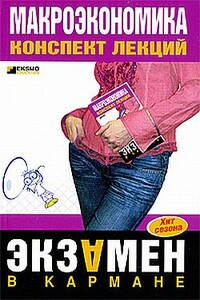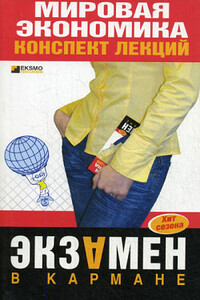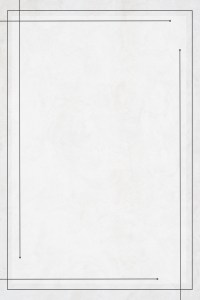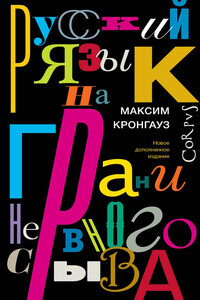Английский язык для медиков | страница 20
4. Look into… refrigerator. What can you see on… shelves?
5. There is… butter in… butter-dish.
6. There is. sausage, but there is no… cheese.
7. There are… eggs,… apples.
8. There is… orange,… lemon, and… some jam in… little vase.
9. There is juice in this… cup. May I drink… juice?
10. There are… girls in… yard, but I can see no… boys. Where are… boys?
11… boys are playing football at… stadium.
12. I have. colour TV-set… TV-set is on… little table in… corner of… room.
13. There is… book,… pen, and… paper on my… writing-desk.
14. My… brother is… teacher. He works at… school.
15. He has… very good books. His… books are in… big bookcase.
16. There is… tea in my… glass. There is no… tea in my… friend's… glass.
17. His… glass is empty.
18. Where is… coffee-table in your… room? -… coffee-table is in… front of… sofa
19. There is… cup on… coffee-table and… newspa pers.
20. There is. coffee in… cup.
Answer the questions.
1. What do the bones of our body make up?
2. How many per cents does the skeleton form?
3. What does the skeleton of the trunk mainly consist of?
4. How many bones does the spinal column consist of?
5. What groups are the human vertebrae divided into?
6. How many groups are the most superior?
7. How is the first cervical vertebra called?
8. Are the first pairs or ribs short?
9. How is the second vertebra called?
10. What forms the соссух?
Make the sentences of your own using the new words (10 sentences).
Find the definite and indefinite articles in the text.
ЛЕКЦИЯ № 10. Muscles
Muscles are the active part of the motor apparatus; their contraction produces various movements.
The muscles may be divided from a physiological standpoint into two classes: the voluntary muscles, which are under the control of the will, and the involuntary muscles, which are not.
All muscular tissues are controlled by the nervous system. The involuntary muscles are controlled by a specialized part of the nervous system.
When muscular tissue is examined under the microscope, it is seen to be made up of small, elongated threadlike cells, which arc called muscle fibres, and which are bound into bundles by connective tissue.
There are three varieties of muscle fibres:
1) striated muscle fibres, which occur in voluntary muscles;
2) unstriated muscles which bring about movements in the internal organs;
3) cardiac or heart fibres, which are striated like (1), but are otherwise different. Both unstriated and cardiac muscles are involuntary. All living cells can move to some degree, but this ability is highly developed in muscles. Muscle tissue comprises about 40% of human weight. Muscle consists of threads, or muscle fibers, supported by connective tissue, which act by fiber contraction: the fibers can shorten to two – thirds of their resting length. There are two types of muscles smooth and striated. Smooth, or «involuntary» muscles are found in the walls of all the hollow organs and tubes of the body, such as blood vessels and intestines. These react slowly to stimuli from the autono-mic nervous system. The striated, or «voluntary» muscles of the body mostly attach to the bones and move the skeleton. Under the microscope their fibres have a cross – striped appearance. Striated muscle is capable of fast contractions. The heart wall is made up of special type of striated muscle fibres called cardiac muscle. Muscles vary greatly in structure and function in different organs and animals: some invertebrates have only smooth muscles, while all the arthropods have only striated muscles. The body is composed of about 600 skeletal muscles. In the adult about 35-40% of the body weight is formed by the muscles. According to the basic part of the skeleton all the muscles are divided into the muscles of the trunk, head and extremities.
